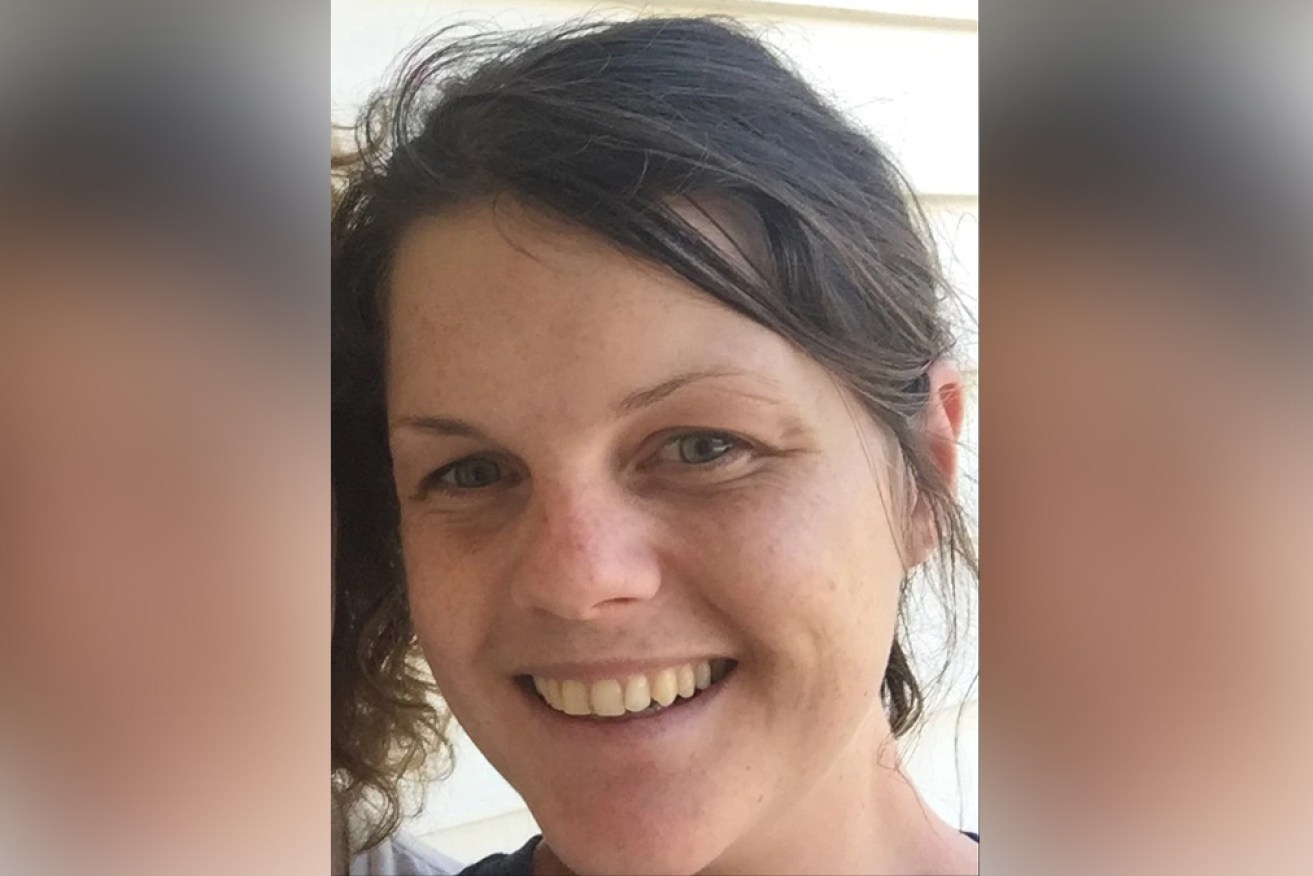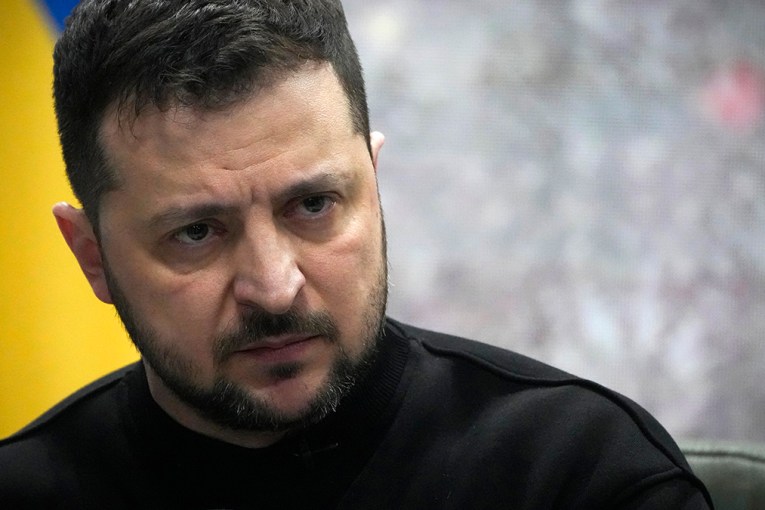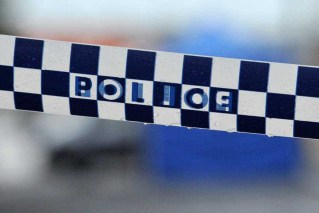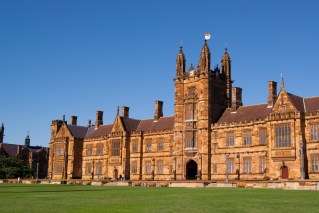Family wants answers after woman dies waiting six hours for ambulance

Christina Lackman died while waiting for an ambulance. Now her family wants answers. Photo: ABC
Christina Lackman was following in her father’s footsteps as a promising cancer researcher.
According to her brother Broder, the 32-year-old was “spending pretty much most of her waking hours looking for a cure for cancer and looking to make the world a better place.”
“She had found her absolute passion in life, she was just really loving biochemistry,” he told ABC Radio Melbourne.
Christina died last Wednesday after waiting six hours for the ambulance she had called because she was feeling dizzy while cooking dinner in her flat in Caulfield North.
According to her brother, a triple-0 operator ended the call with Christina and said she would be called back.
By the time paramedics arrived, Christina was lying dead on her bathroom floor.
Her brother checked her phone and said she had 10 missed calls from Ambulance Victoria.
“How is there 10 missed phone calls with no action?” Broder Lackman said.
“It makes me extremely angry, to be honest, if I was to receive a phone call from someone to say, ‘Hey, I need your help’, and I called her back a couple of minutes later and they didn’t respond, then I would know that they’re in incredibly deep trouble.”

Ambulance Victoria says there has been an increase in calls since the end of Victoria’s lockdown in November 2020. Photo: ABC News/Daniel Fermer
Mr Lackman is not angry at paramedics, or even at the person who took Christina’s call, but he is dumbfounded at what appeared to be a breakdown of the system.
“I feel that there is a significant issue with possibly the training or the decision making processes that are in place,” he said.
“There’s no real reason I can see how something like that transpired.”
Ambulance Victoria under pressure
Acting chief executive officer of Ambulance Victoria, Mick Stephenson, said two ambulances were dispatched to respond to Christina’s call, but both ended up being diverted to respond to what had been deemed more serious cases.
“She was prioritised as an urgent case, [but] she wasn’t prioritised as the most urgent type,” he said.
“Under normal circumstances, she would have been in our care well within 30 minutes.”
Mr Stephenson said Christina’s death had prompted a rethink of how the service deals with situations where return calls are not answered.
“This has caused an enormous amount of grief in this organisation as I know it has in the Lackman family, so we are incredibly sorry for what went on.”
Mr Stephenson said Christina’s case was the result of a system “under significant stress” dealing with a massive increase in calls since the end of Victoria’s COVID lockdown in November 2020.
“We’re frequently in a position where we’re holding ambulance cases because we don’t have anything immediately available to dispatch,” he said.
“They’re generally lower acuity cases, but from time to time there will be cases slip through, as did in Christina’s case, where patients that are thought to not be terribly unwell at the time of the call turn out to be unwell.”
The increase in workload for paramedics had been so severe that, according to Mr Stephenson, Ambulance Victoria was dealing with caseloads similar to New Year’s Eve “two or three days a week.”
He said many of the calls were from people who would normally saw their GP but were unable to do so.

Ambulance Victoria said paramedics were experiencing a nightly caseload similar to New Year’s Eve two or three times a week. Photo: ABC News/Michael Barnett
System already stretched to breaking point: union
The Ambulance Employees Australia Victoria (AEAV) said the system was already in crisis before the pandemic.
AEAV secretary Brett Adie told ABC Radio Melbourne the current target to respond to 85 per cent of the highest priority patients within 15 minutes was not ambitious enough.
“Ambulance Victoria congratulates itself on the fact that 85 per cent of people it does the right thing for. What we don’t look at is why there’s that 15 per cent that we fail,” he said.
Mr Adie said the workload of paramedics was already at a critical point before the increase in callouts that followed the end of Melbourne’s lockdown.
“They’ve stretched the system so hard that when we got to this point there was nothing left in the system, there was no fat so, it was bound to happen, the writing was on the wall,” he said.








